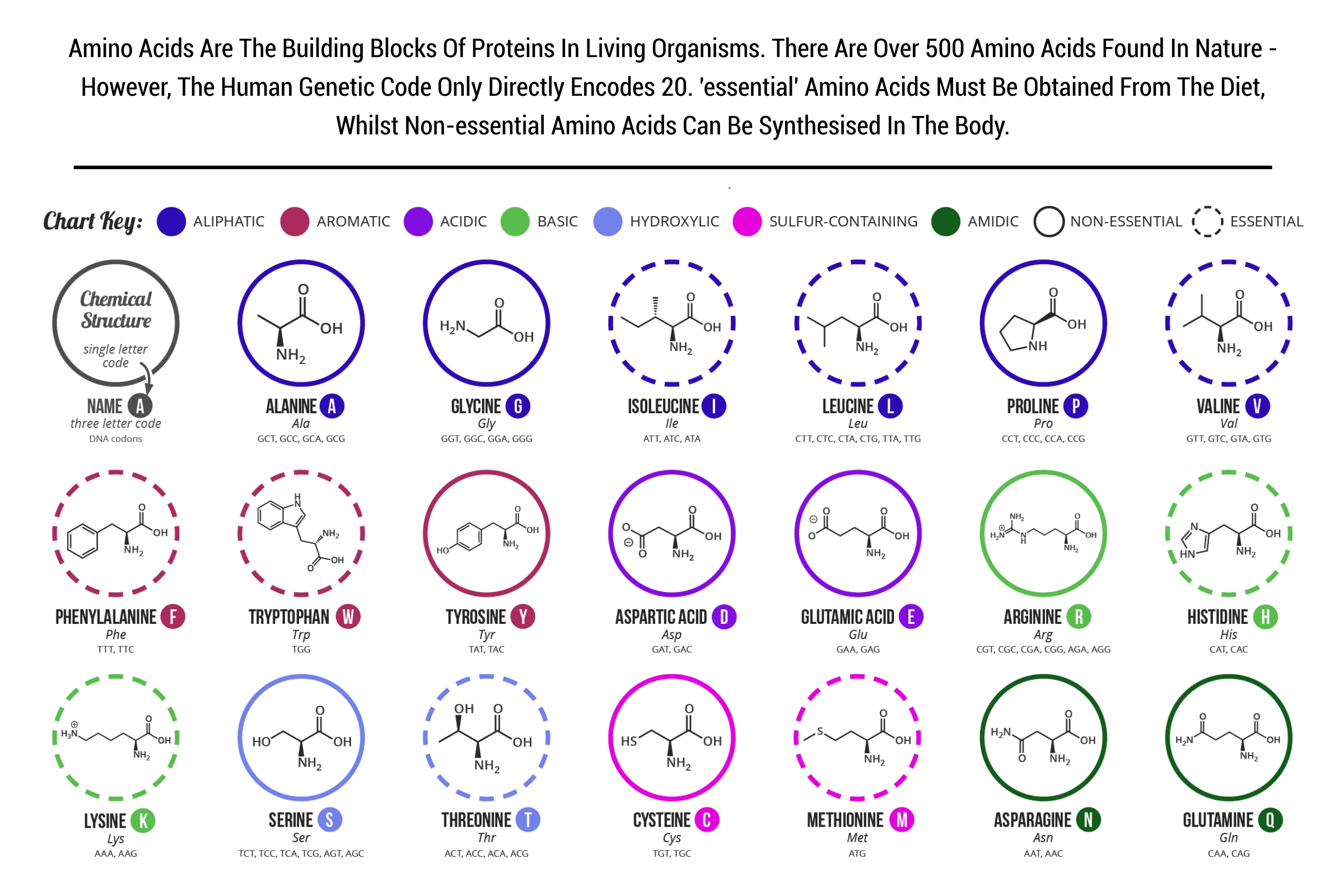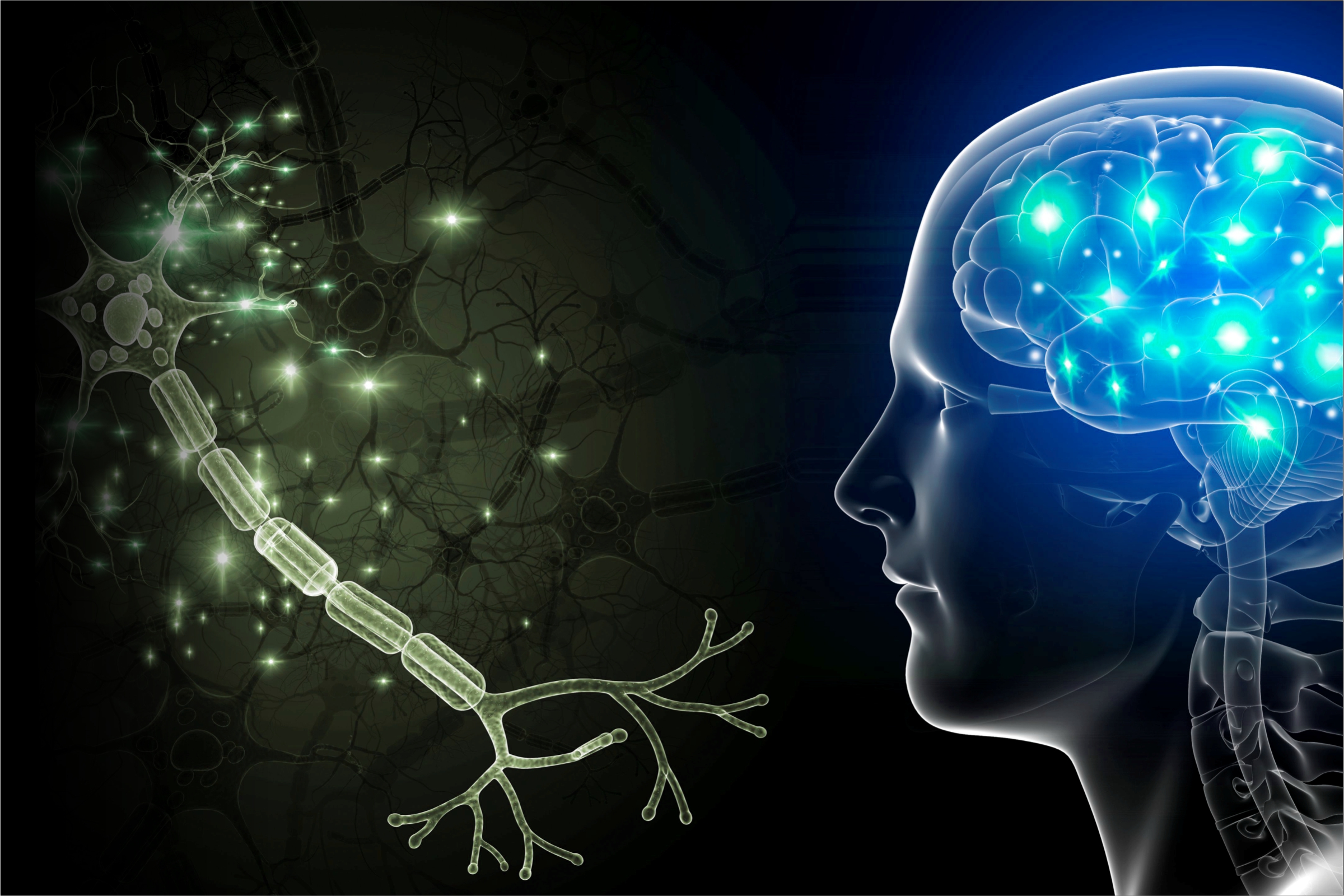Enrich your knowledge with our informative blogs
What is an amino acid?

An amino acid is an organic molecules group that comprises an acidic carboxyl group (-COOH), a basic amino group (-NH2) and an organic R group unique to each amino acid.
What are amino acids?
Amino acid is referred to as a building block of proteins that play a critical role in the body. These are necessary for several vital processes like hormones and neurotransmitter synthesis, and protein building.
The term “amino acid” is a short form of alpha-amino carboxylic acid. Here each molecule comprises a central carbon atom (C) known as the α-carbon to which both the carboxyl group and an amino group are attached.
However, the remaining α-carbon atom bonds are usually satisfied by the R group and a Hydrogen atom (H). The formula of a general amino acid is represented as:
Each amino acid differs from the other in a specific chemical structure of the R group.
Essential amino acids
Amino acids are basically organic compounds that are composed of carbon, nitrogen, oxygen, and hydrogen along with a variable side chain group. The human body generally require around 20 diverse amino acids to function and grow appropriately.
Although all 20 amino acids are essential, nine of them are considered imperative. This includes
- Isoleucine
- Histidine
- Lysine
- Leucine
- Phenylalanine
- Methionine
- Valine
- Threonine
- Tryptophan
The essential amino acid roles in the body
- Threonine
It is an essential part of structural proteins like elastin and collagen that provide a structure to the skin and linked tissues and facilitate blood clots formation while preventing bleeding. It also helps in boosting immune function and fat metabolism.
- Phenylalanine
It is referred to as a precursor for brain chemicals, including epinephrine, norepinephrine, and dopamine. These chemicals are the known brain messengers that help in structure formation and protein functioning, enzymes, and other amino acids synthesis.
- Valine
Valine facilitates tissue regeneration, muscle growth and is needed for energy production.
- Leucine
Leucine facilitates muscle repair, protein synthesis, wound healing, muscle growth, blood sugar levels regulation, and growth hormones synthesis.
- Tryptophan
It helps in maintaining an appropriate nitrogen balance. It is also well known for facilitating serotonin synthesis, which regulates appetite, sleep, and mood.
- Methionine
It helps in metabolism, growth, the body’s detoxification, and the absorption of essential minerals like selenium and zinc.
- Histidine
It is involved in histamine synthesis, a neurotransmitter that helps in immune functioning, sleep, digestion, and IQ regulation. It also helps to maintain the myelin sheath, which is a protective barrier surrounding the nerve cells.
- Lysine
It helps in protein synthesis, hormones, enzymes, energy production, calcium absorption, and immune functioning.
- Isoleucine
It helps in boosting immune functioning, hemoglobin synthesis, energy regulation, and muscle metabolism.
However, the best sources of essential amino acids include animal products like eggs, meat, and poultry.
Potential health benefits of supplementing the body with essential amino acids
While the essential amino acids are found in ample food items, taking them in concentrated dosages, and supplemental form links its effects to several health benefits. This includes
- Improves sleep and mood
- Boosts exercise performance
- Prevents muscle loss
- Promotes weight loss

Visualize the in-depth understanding of the natural world!
Biology would sound more interesting when your curiosity levels are satisfied with better visuals & logical explanations.
Categories
Recent Posts
- List of the qualities you should look for in your tutors?
- What is the most useful formulas in math?
- Describe the process of eating to defecation of food?
- Difference between the natural and artificial active response by the immunology system.
- Explain the different circle theorems
- How are nerve cells adapted to their function?











